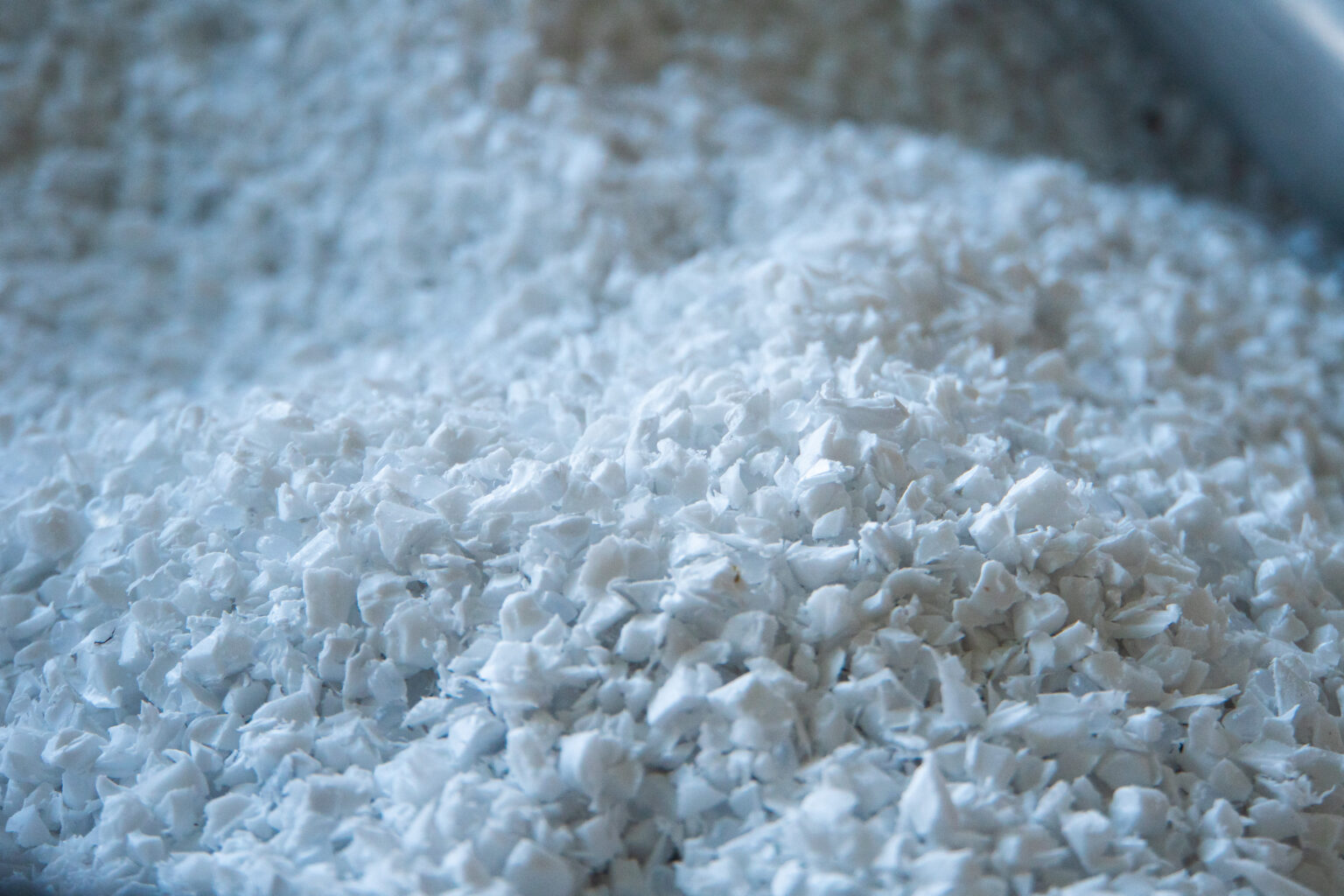Energy Efficiency and Cost Savings: The Dual Benefits of Recycled Foam Insulation
In an era where sustainability and cost-effectiveness are paramount, recycled foam insulation emerges as a beacon of hope. This innovative solution not only champions environmental stewardship but also promises significant financial benefits. This article delves into the world of recycled foam insulation, exploring its role in energy efficiency and cost savings.

Understanding Recycled Foam Insulation
Recycled foam insulation is a product of innovative recycling processes, salvaging foam panels, often from roofing installations, into high-quality insulation materials. These foam panels boast impressive properties such as high thermal resistance and durability, making them ideal for insulation purposes.
Recycled foam insulation, often rescued from roofing installations, embark on a second life as high-quality insulation materials. The journey of these panels is a testament to sustainable practices: instead of ending up in landfills, they are meticulously processed and repurposed.
The origin of these materials is crucial to their story. Typically sourced from construction sites, old buildings, or surplus inventories, these foam panels are more than just discarded items; they are valuable resources awaiting a new purpose. Through a meticulous recycling process, these panels are transformed, retaining their inherent properties such as durability and thermal resistance, which are essential for effective insulation.
This focus on reclamation not only underscores the commitment to environmental stewardship but also enhances the quality of the insulation. By salvaging these materials, recycled foam insulation becomes a symbol of sustainability, demonstrating how reutilized resources can play a pivotal role in modern construction and energy efficiency.
Energy Efficiency of Recycled Foam Insulation
One of the standout features of recycled foam insulation is its superior energy efficiency. When compared to traditional insulation materials, recycled foam provides exceptional thermal resistance, effectively reducing heat transfer. This efficiency is not just theoretical; numerous case studies have shown significant energy savings in buildings that have incorporated recycled foam insulation.
Cost Savings Associated with Recycled Foam Insulation
The financial implications of using recycled foam insulation are twofold. Initially, it may present a more cost-effective option compared to some traditional materials. More importantly, in the long run, the energy savings translate into reduced utility bills, offering substantial cost savings over time. Additionally, the use of recycled materials may qualify for government incentives, further reducing overall costs.
Environmental Impact
The environmental benefits of recycled foam insulation are noteworthy. By significantly reducing energy consumption, it lowers the carbon footprint of buildings. Moreover, recycling foam panels for insulation plays a crucial role in waste reduction, aligning with global sustainability goals.
Installation and Application
Installing recycled foam insulation is a straightforward process, similar to that of traditional insulation materials. It is versatile, suitable for both residential and commercial buildings. For those considering this eco-friendly insulation option, it’s important to consult with professionals to ensure the right type of insulation is chosen for specific needs.
Challenges and Considerations
While recycled foam insulation offers many benefits, there are challenges to consider. Availability and the need for specialized installation expertise can be potential hurdles. However, these challenges are continually being addressed as the market for sustainable building materials grows. Do note that Green Insulation specializes in sourcing and supplying reclaimed/recycled/surplus foam insulation panels and is your one-stop resource for eco-friendly foam panels.
Recycled foam insulation stands out as a sustainable building material that doesn’t compromise on performance or cost-effectiveness. Its dual benefits of energy efficiency and cost savings make it an attractive option for those looking to build sustainably and economically. As the world moves towards more eco-friendly building practices, recycled foam insulation is certainly a material to consider.
